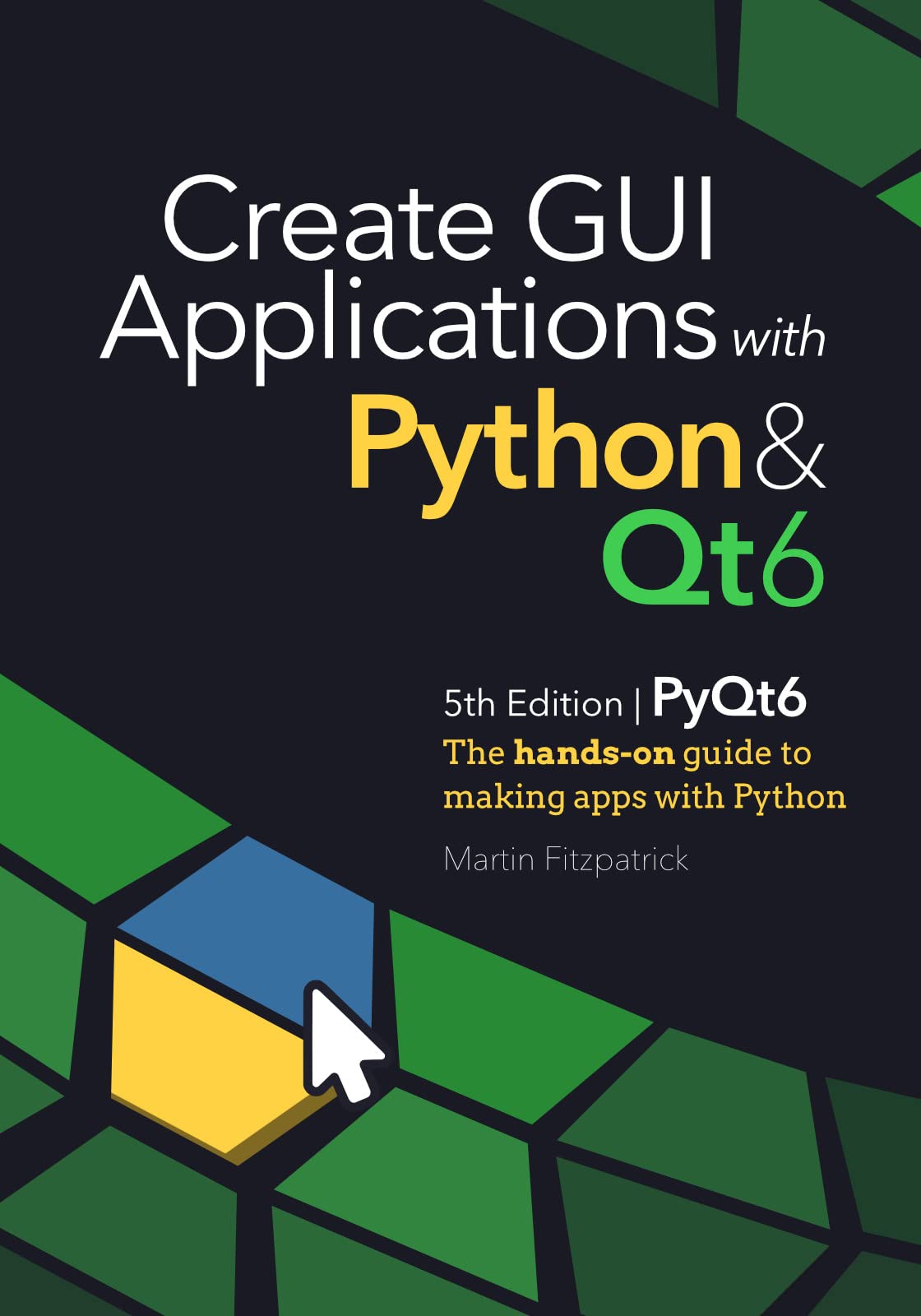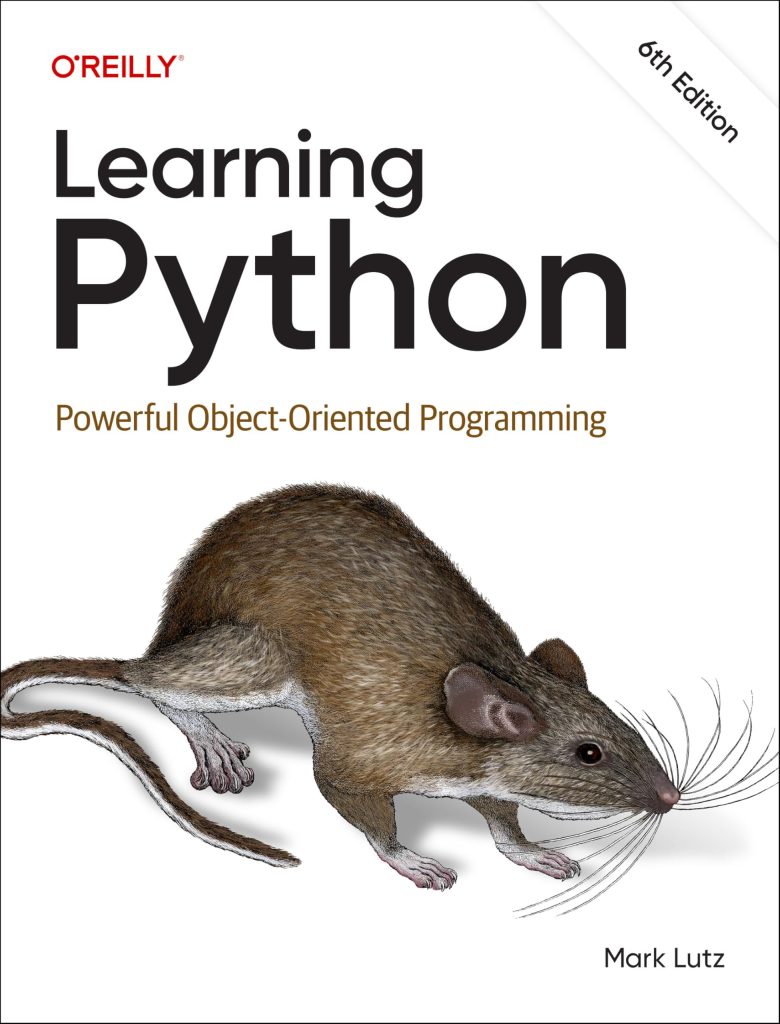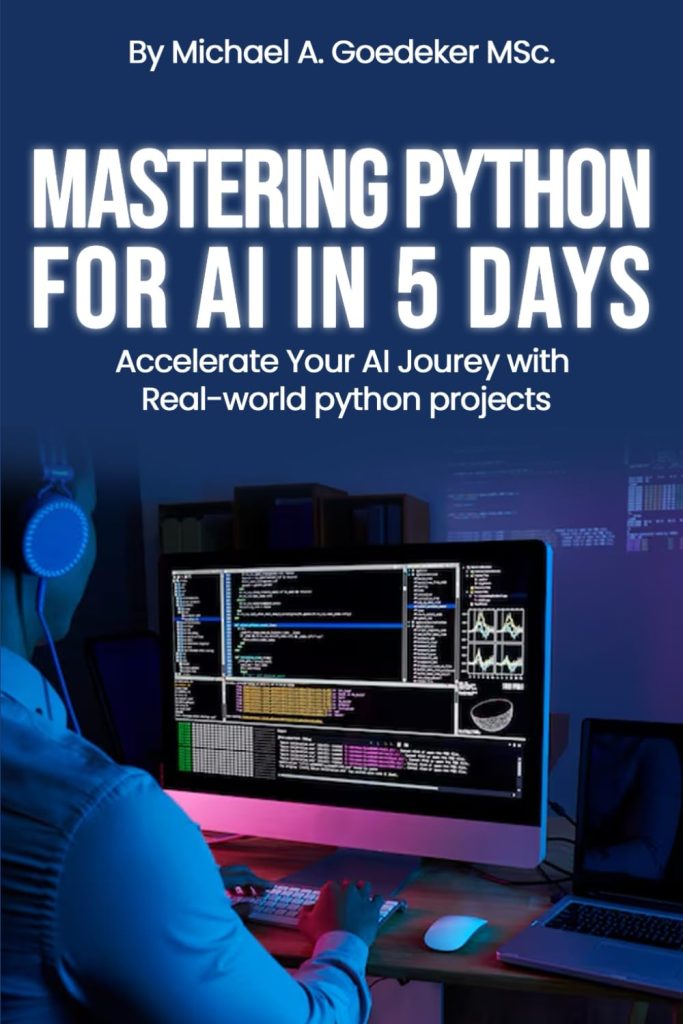If you’re looking to discover the world of GUI application development, “Create GUI Applications with Python & Qt6” is definitely a book you want to check out. Whether you’re a complete beginner or someone looking to refine your skills, this guide makes it all feel super accessible and approachable.
Why You Should Read This book
First off, this isn’t just a bunch of theory; it’s packed with practical, practical exercises that will have you building real applications in no time. With over 780 pages and 300+ code examples, you’ll find yourself engaged and experimenting as you go.
Who Is It For?
- Beginners: If you’re new to Python or PyQt, this book starts from the ground up, introducing you to the core concepts like Widgets, Layouts, and Signals in a way that feels intuitive.
- Intermediate Developers: If you’ve dabbled in GUI development but want to level up your skills, you’ll find plenty of advanced techniques, especially around data handling, threading, and custom widgets.
- Hobbyists and Professionals: Whether you’re building a personal project, a prototype, or a product ready for the market, this book has you covered with usability and architectural tips.
One of the highlights is the use of Qt Designer, which lets you design beautiful user interfaces effortlessly. You’ll get to customize your apps with Qt Style Sheets and dive into the Model View Architecture to connect your data sources straight to your widgets—super useful if you are working with SQL databases or data tables.
What You’ll Learn
- Master Widgets and Layouts to structure your app’s UI.
- Implement Signals and Slots to manage user interactions.
- Create custom widgets and work with toolbars and menus to enhance user experience.
- Visualize data in real-time using matplotlib and PyQtGraph—perfect for building interactive dashboards.
- Manage long-running tasks with threading to keep your applications responsive.
- Finally, learn how to package your apps for distribution across different operating systems.
In the end, having Martin Fitzpatrick as your guide means you’re learning from someone with real-world experience in using PyQt. His concise explanations and practical advice help you avoid common pitfalls and give your projects the best chance of success.
If you’re eager to get started on developing desktop applications with Python, the book should be at the top of your reading list. Happy coding!







